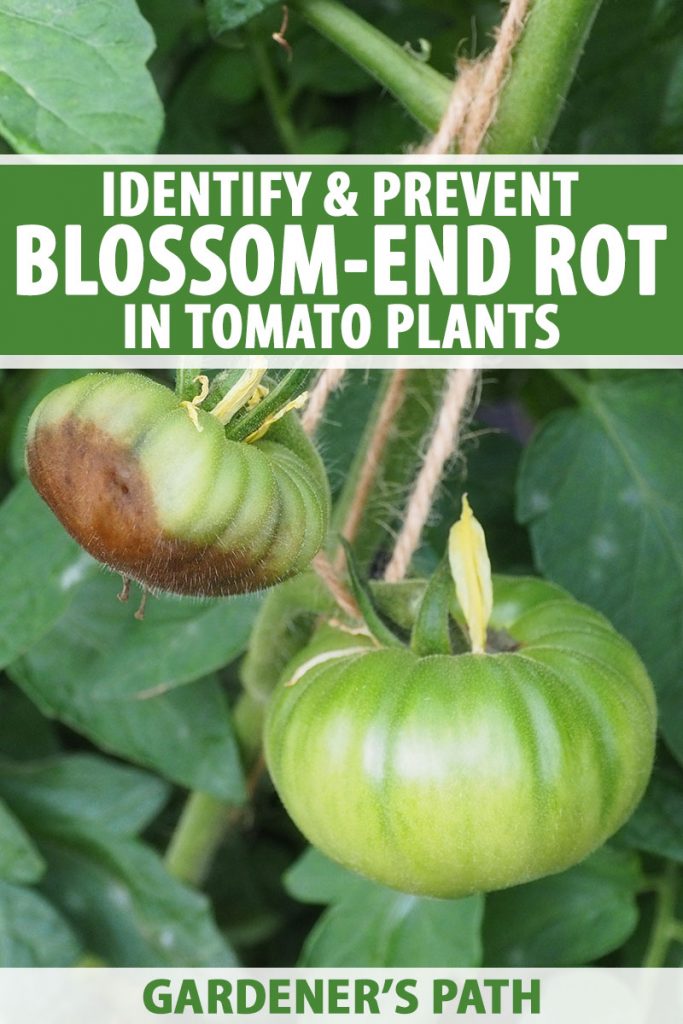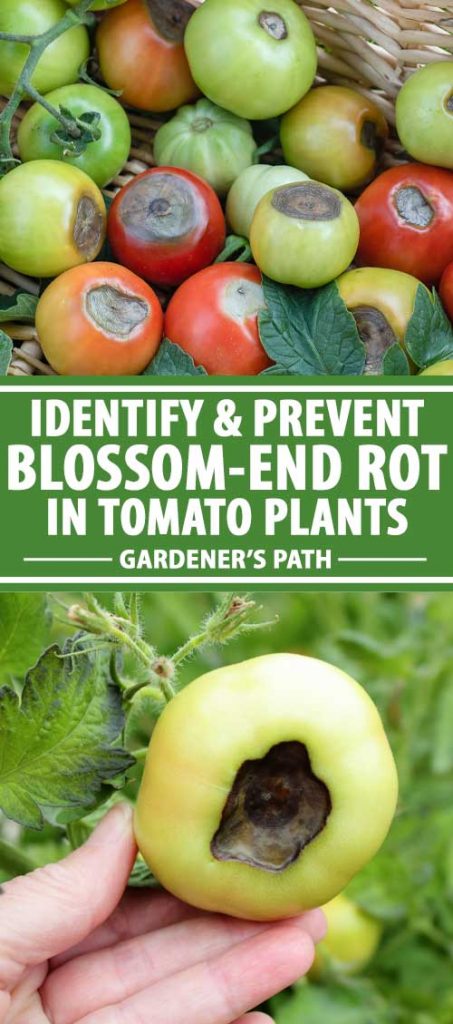You might be all too acutely aware of this state of affairs. You might want lovingly tended your tomato crops and watched the primary delectable fruits of your labor develop…solely to see them ruined by ugly brown patches on the blossom finish.
That is the dreaded and misnamed blossom-end rot.
Why misnamed? Due to this “rot” has nothing to do with an an an an infection and every half to do with the misallocation of calcium all through the plant. It’s not technically a “illness” in the slightest degree, since no pathogens are concerned.
Nonetheless don’t merely assume that your soil is low in calcium.
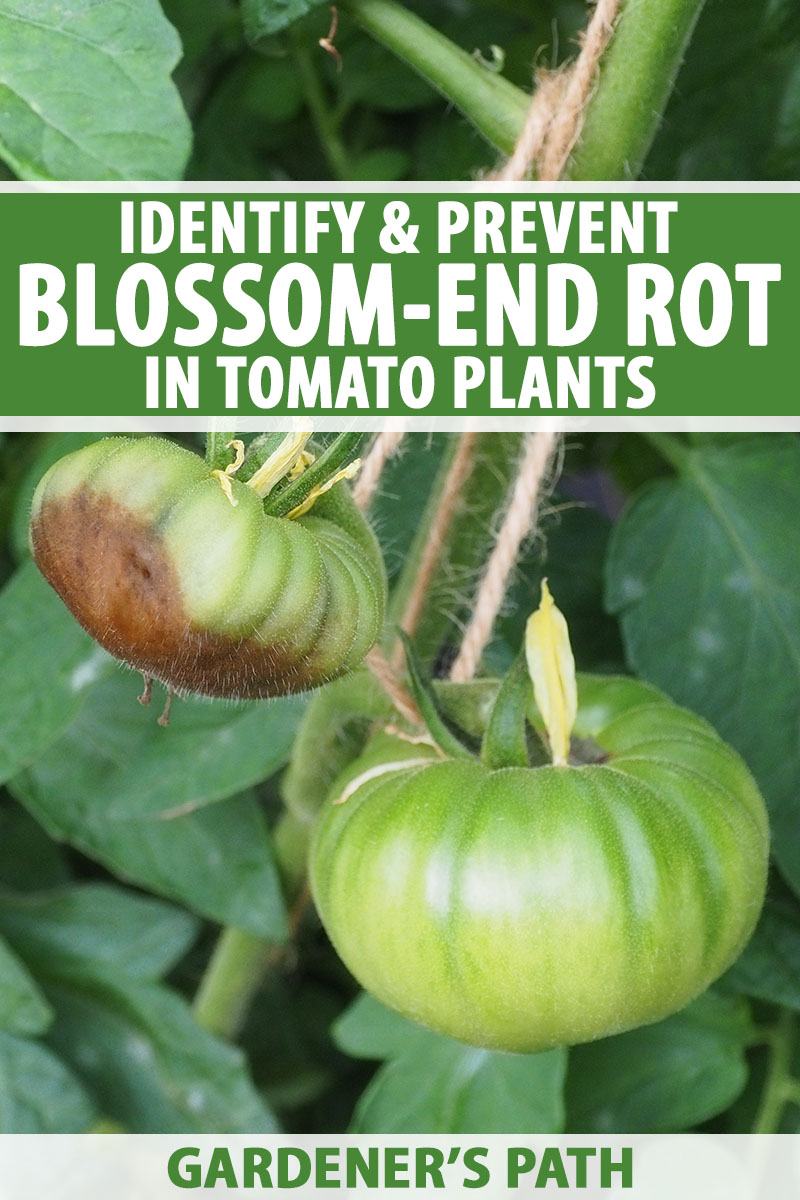

We hyperlink to distributors that may assist you uncover related merchandise. In case you purchase from considered thought-about considered one of our hyperlinks, we’d earn a fee.
The issue can also be resulting from fully totally different elements, like the quantity of moisture available on the market all through the soil and the state of the roots.
The utilization of pesticides or fungicides simply is not going to clear up this draw again. Research on to seek out strategies to stop blossom-end rot from occurring, and whether or not or not or not there’s one factor you can do as rapidly as you uncover it in your tomatoes.
Correct proper right here’s what I’ll cowl:
What Is Blossom-Finish Rot?
Blossom-end rot is the formation of lesions on the underside of the fruit which can develop to cowl as fairly a bit as one-third to one-half of every tomato. The lesions begin as small, water-soaked spots. They quickly develop bigger and swap darkish because of the fruit ripen.
If the lesions get big, they dry out and flatten, turning black and leathery. It begins when the fruits are mature inexperienced and beginning to ripen.
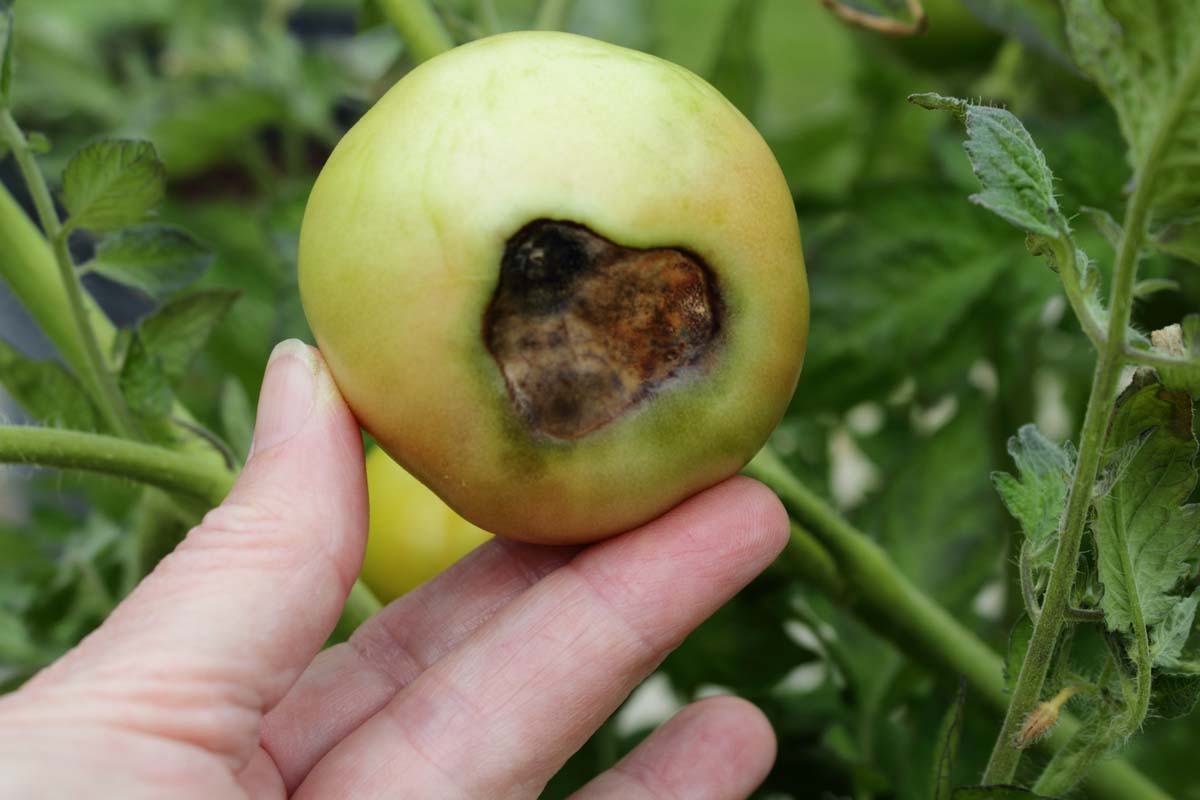

Often, this occurs to the primary tomatoes produced within the midst of the season, whereas these from shortly is maybe implausible. That is significantly true for indeterminate varieties, since they produce tomatoes till the tip of the season.
In distinction, throughout the event you develop determinate varieties that produce all of their fruit early all through the season, you is maybe susceptible to dropping your full crop.
What are indeterminate and determinate types of tomatoes? We now have a data that choices that very query.
Blossom-end rot is additional incessantly seen in big plum or paste kind cultivars, and isn’t an issue in small, cherry tomato varieties.
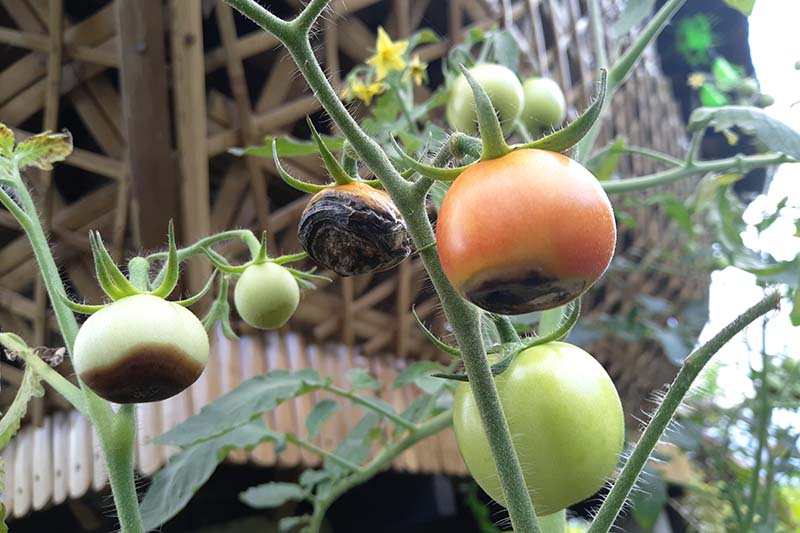

Barely than being a illness attributable to a bacterial or fungal pathogen, it is a physiological dysfunction attributable to inadequate calcium uptake.
One small solace is that the remainder of the fruit stays edible, nonetheless you actually couldn’t promote it if that was your objective. And reducing away the broken components is unquestionably lower than superb everytime you’d hoped to level off your homegrown crop in salads and on sandwiches.
Whereas quite a bit a lot much less widespread, this dysfunction could even afflict peppers, squash, watermelons, cucumbers, and eggplant.
Why Does It Occur?
I can not overstate the significance of calcium to crops. It’s vital that this nutrient be available on the market to fruits whereas they’re rising.
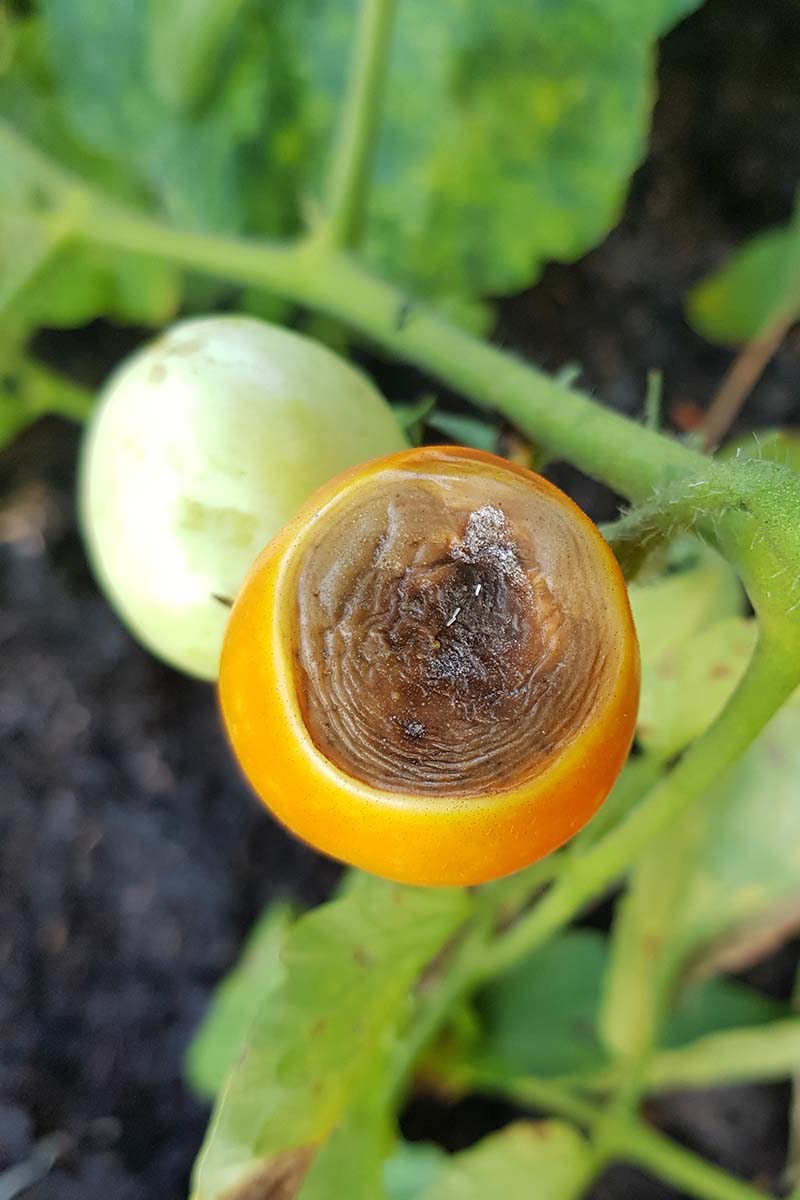

Calcium performs many roles in plant biology, nonetheless holding the cell partitions collectively is a key considered thought-about considered one of these.
Take into consideration pectin, and one of the best ways it gels. With out calcium to carry the pectin all through the cell partitions collectively, the cells flip to mush. That is the approach that occurs when clear rot micro organism set off decay, nonetheless on this case, the plant causes itself to rot.
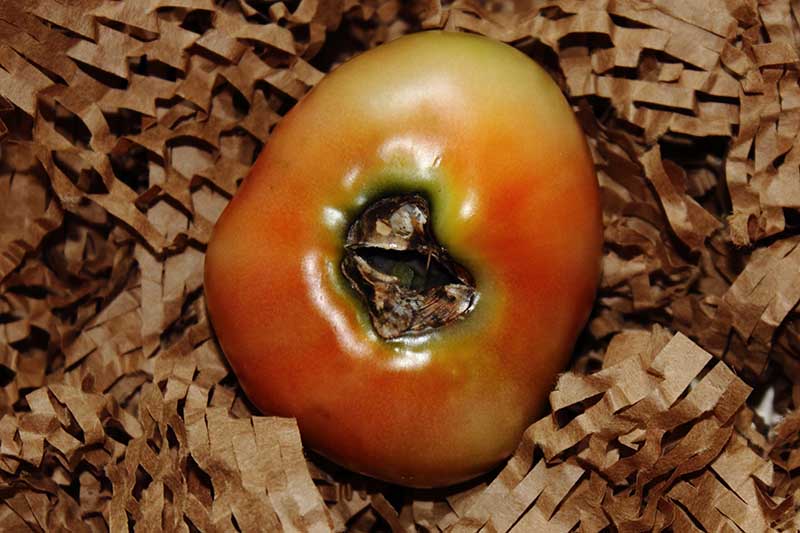

Confused? Don’t fear, I’ll go into additional ingredient beneath.
Even worse, as rapidly as a result of the tissue has began rotting, micro organism and fungi can invade and make it far more extreme.
Elements that have an effect on the supply of calcium in a plant embody:
- Root accidents
- Heavy capabilities of nitrogen fertilizer
- Fluctuations in soil moisture
Worse all through the Starting of the Season
You’ll be able to marvel why the primary tomatoes of the season, rising on crops that you have tenderly nurtured from seed or planted as seedlings, are rewarding you with broken fruit.
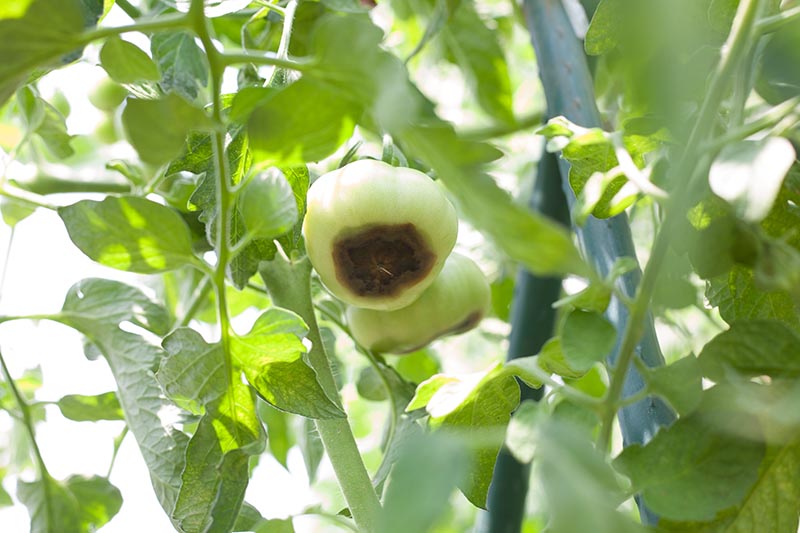

There are a collection of doable causes for this.
One may very properly be an issue with the roots. It’s vital for tomatoes to have a well-developed root system.
The roots take up calcium from the soil, and ideally the calcium is delivered all by way of the plant by the passage of water, by means of the xylem.
Nonetheless, this mode of present doesn’t all the time evenly distribute the calcium all by way of the plant. Often the calcium stalls all through the stems or leaves, and certainly not makes it to the rising fruit.
Tomatoes which have been planted in chilly soil could not develop strong root packages.
Furthermore, if the crops have been over-fertilized and have an abundance of foliage, they’re additional susceptible to develop blossom-end rot, because of the leaves will compete with the fruit for calcium.
The best approach to Steer clear of Blossom-Finish Rot
There are a group of cultural measures you would possibly take to attenuate the potential of being confronted with deformed tomatoes at harvest time.
1. Wait to Plant
Whereas you could be keen to begin out out your tomatoes all through the spring, you is maybe setting them up for blossom-end rot throughout the event you plant in chilly soil, or clay soil that you simply simply haven’t amended exactly. Endurance is a profit, they’re saying!
Wait till on the very least two weeks after your final frost date to plant them in your yard. In case you don’t know when that’s, you could uncover out all through the Outdated Farmer’s Almanac.
It’s also essential the temperature of the soil is on the very least 60°F earlier than you plant your seedlings exterior. You most likely can decide this through the use of a soil thermometer.
Seedlings should have on the very least two to some objects of true leaves and be hardened off earlier than transplanting.
Try our data to overview additional about how and when to transplant your seedlings.
2. Fertilize Precisely
You need the pH of the soil to be between 6.5 and seven.5, so it could possibly be suggestion to have your yard soil examined earlier than you plant. The outcomes will will let you discover whether or not or not or not you may want to apply any amendments.
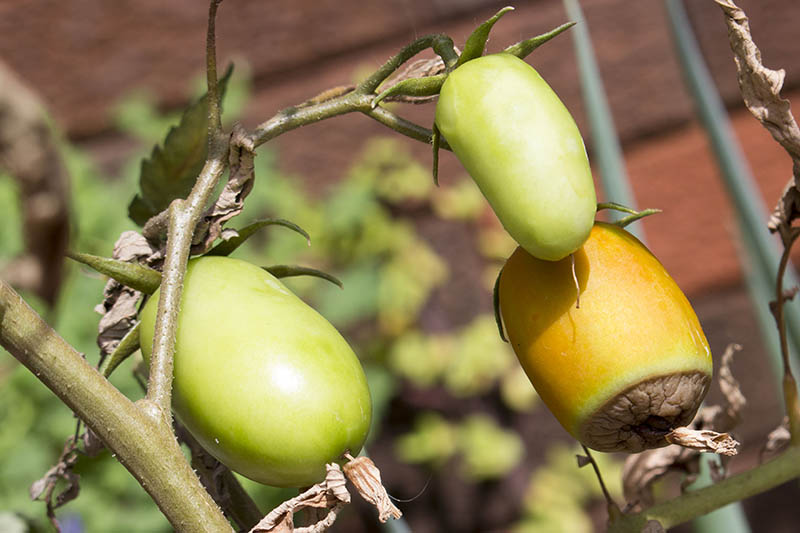

It’s best to make the most of fertilizers which might be low in nitrogen, nonetheless excessive in phosphorus. Ponder fertilizers with an NPK ratio of 4-12-4 or 5-20-5. In case you propose to develop your crop in a container, select a fertilizer that’s notably designed for rising tomatoes.
In case you do apply nitrogen fertilizer, add calcium nitrate as accurately, and keep away from nitrogen contained in the form of ammonia or urea.
Typically, an absence of calcium all through the soil just isn’t the issue – most soils already comprise sufficient calcium. The issue is that the calcium just isn’t precisely allotted all by way of the plant tissues.
Nonetheless, if the outcomes of your take a look at degree out that your soil is poor, you’ll have so as in order so as to add calcium at or earlier than planting time.
Amending the soil later, or spraying on plant foliage simply is not going to treatment the issue as rapidly as a result of it has taken hold.
Soils which have been intently irrigated with poor high quality water can develop with an overabundance of soluble salts. It’s because of faucet water is generally handled with chemical compounds which can upset the stableness of dietary nutritional vitamins.
This focus of salts can improve the potential of crops rising this affliction, due to the calcium all through the soil turns into quite a bit a lot much less available on the market to the crops. Drawback salts embody ammonium, sodium, magnesium, and potassium.
3. Don’t Domesticate Too Rigorously
It is perhaps surprisingly simple to wreck the roots of tomato crops. This would possibly even occur everytime you do one issue as seemingly innocent as along with stakes or cages to the underside.
It’s best so as in order so as to add these everytime you first plant your tomatoes in your yard earlier than the roots have unfold.
Don’t domesticate the soil inside one foot of the underside of the plant. That is significantly essential after crops have set fruit.
As soon as you’ve got acquired in-ground vegetable beds or big raised beds, scraping flippantly with a hoe should be sufficient to handle any weeds.
4. Hold Soil Moisture Fixed
Tomatoes want on the very least an inch of water every week within the midst of the rising season. This may be contained in the form of rain or irrigation.
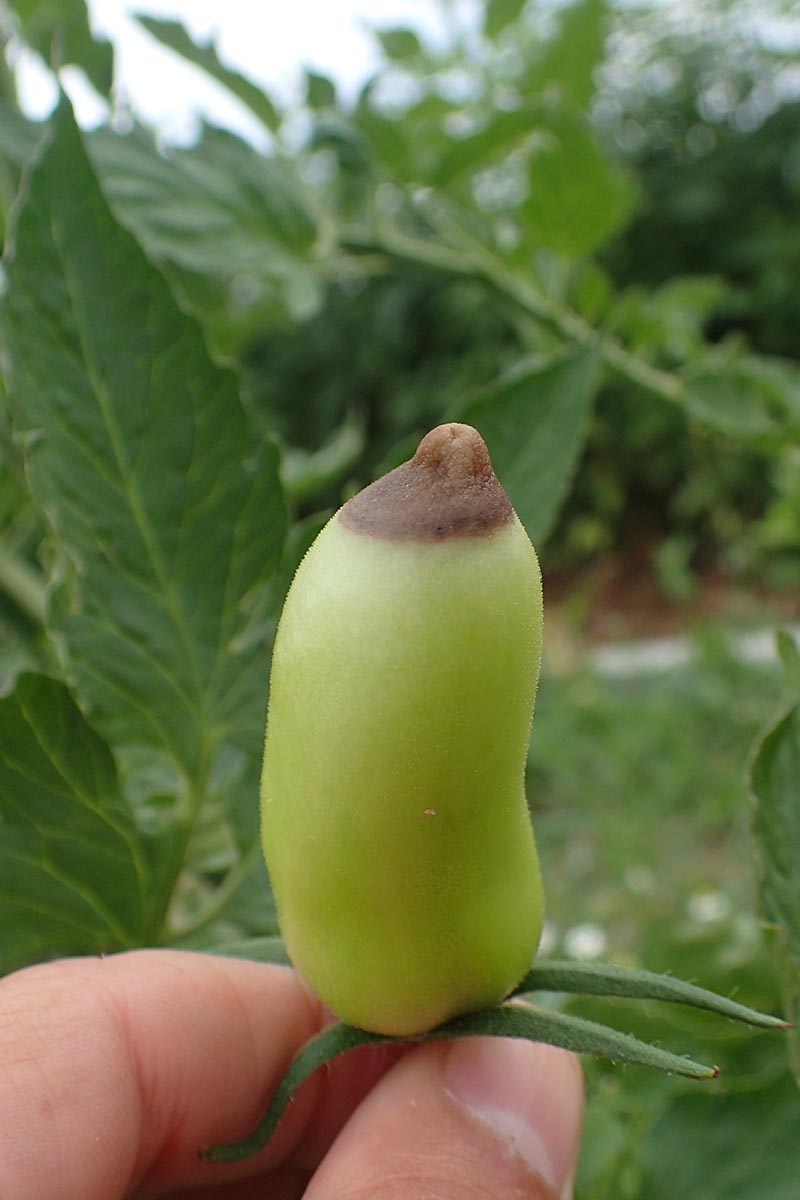

Undecided how fairly a bit precipitation you purchase? A rain gauge may help.
In case you present supplemental irrigation, spray at floor stage reasonably than watering the foliage. Use a soaker hose instead of overhead sprinklers. This may even assist to forestall diseases like early blight.
In case your tomato crops are in containers, you will wish to water them additional incessantly. Ideally, they need to be planted in plastic pots, so they will be quite a bit a lot much less susceptible to dry out.
A 3- to 4-inch layer of mulch may even assist to guard moisture all through the soil. After the crops have been all through the bottom for 3- 5 weeks, add an pure mulch, paying homage to wooden chips, grass clippings, or straw that is freed from weed seeds.
Keep in mind that an excessive amount of moisture could possibly be an issue. Heavy rains, significantly after a dry spell, can leach the calcium out of your soil, rising the chances of this draw again.
5. Present Shade
As soon as you’ve got acquired a house yard, it is best to take into consideration shading your crops when your crops are being buffeted by scorching, dry winds. Winds like these can dramatically lower the moisture all through the soil.
Even though they like a full picture voltaic location, throughout the event you dwell in a terribly well-liked native local weather, you may ought to shade them from the picture voltaic even when there may be not a wind.
In exact fact, gardeners in scorching climates routinely shade their tomato crops from 10am to 2pm within the midst of the summer season season months.
In case your crops are small, this may be so simple as turning a chair the mistaken method up over them, or utilizing some shade supplies.
Picture voltaic Present show Supplies Shade Supplies
As soon as you’ve got acquired additional of a plantation, you can purchase a shade cowl, paying homage to this one from Amazon.
Don’t Give Up!
Whereas the appears of intently broken fruit is also terribly demoralizing, don’t quit hope. In case you is perhaps rising indeterminate varieties that produce fruit each early and late all through the season, with frequent watering the remainder of your crop can also be implausible.
Plus, there are a group of the way you would possibly stop this draw again from affecting the remainder of your tomatoes.
Cautious planning at planting time helps to supply your tomatoes a elevate that will assist to confirm healthful progress and fruit manufacturing all by way of the season, and listening to native native climate circumstances and moisture ranges all through the soil is a must.
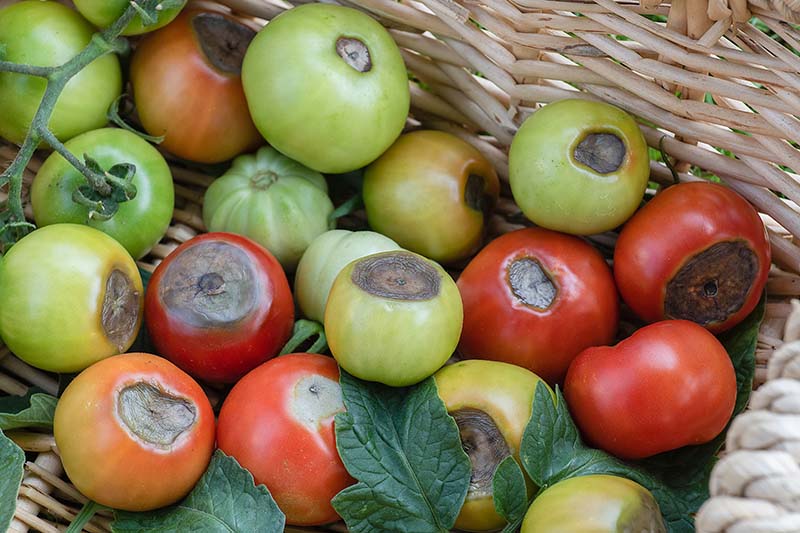

Have your crops developed blossom-end rot? Did it have an effect on your full crop, and what adjustments did you make all by way of the rising season? Have any strategies to share? We’d wish to take heed to from you all through the solutions beneath!
And for additional articles on perfecting your tomato rising recreation, you’ll want these guides subsequent:

